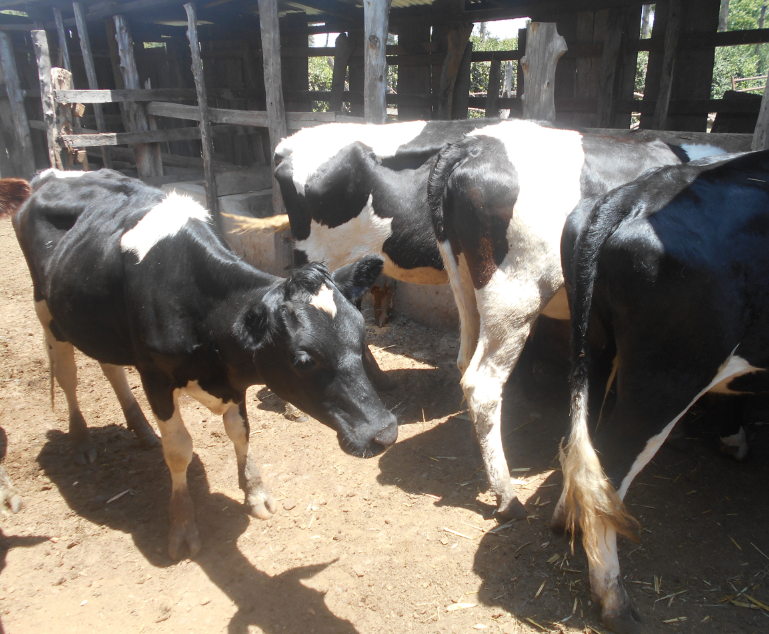
Machines reducing plucking costs for tea farmers in Rift
High cost of hiring pluckers had squeezed the earnings for tea farmers under KTDA
The initiative aims to improve the livelihoods of 1.7 million people across Africa.
In Summary

Oliver Simwa ventured into dairy farming in the aftermath of the COVID-19 pandemic. With guidance from experts at the International Livestock Research Institute (ILRI), he transitioned into the agricultural sector with a clear roadmap.
“I was advised that before I get into dairy farming, I should first secure a steady supply of fodder, then build the necessary structures, hire manpower and only then bring in the animals, in that order,” Simwa recalls.
He was also provided with fodder seeds, and six months later, he was able to launch his project. Today, Simwa owns three dairy cows, producing up to 66 litres of milk on a good day.
However, he points out that access to quality breeds remains a major hurdle for smallholder farmers.
“Getting the right breed is expensive,” he says. “Animals with better genetics, those that are more productive, can cost between Sh150,000 and Sh300,000. Many farmers just can’t afford that. If financial institutions could support us better, it would make a big difference.”
Simwa’s experience reflects the broader goals of a new international initiative launched by the Consultative Group on International Agricultural Research (CGIAR) network.
Rodrigo Yossa, Director of Aquatic Food Biosciences at WorldFish and Interim Director of the Sustainable Animal and Aquatic Food Systems (SAAF) programme, says the initiative aims to improve the livelihoods of 1.7 million people across Africa, Asia, the Pacific and South America.
“The programme is designed to increase access to nutrient-dense animal and aquatic foods by transforming the production and distribution systems that support them,” Yossa explains.
SAAF is part of CGIAR’s 2025–2030 strategic portfolio and focuses on boosting the productivity and resilience of animal and aquatic food systems in 17 countries, including Kenya, Nigeria, Zambia, Malaysia, Bangladesh, Laos and Cambodia.
Dr James Rao, an agricultural economist at ILRI, is leading a component of the initiative focused on markets, policy and scaling innovations.
“Our goal is to co-design, deploy and evaluate market system innovations that enable farmers to adopt new technologies and participate in aquatic animal food markets more effectively,” Rao said.
He adds that beyond technology, the programme explores behavioural and institutional changes that can empower smallholder livestock keepers.
“We also examine policy solutions that make the environment more conducive for these farmers, who are often underserved, to thrive in the marketplace,” he said.
To reach more farmers, Rao said the importance of partnerships and integrated delivery models.
“We work with market actors to develop business models that create value for everyone involved,” he said.
“It’s not about bringing a pre-packaged solution to farmers we co-create solutions with them and the stakeholders in the value chain to ensure sustainability and impact.”

High cost of hiring pluckers had squeezed the earnings for tea farmers under KTDA